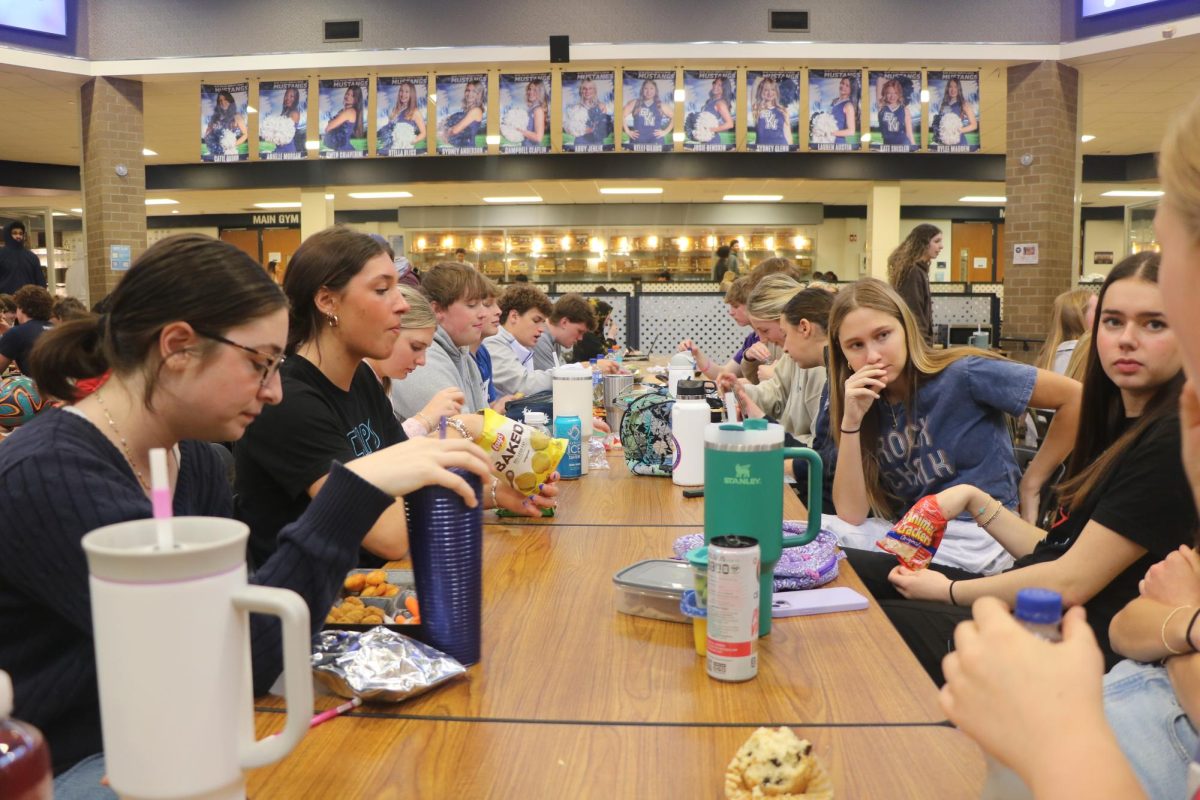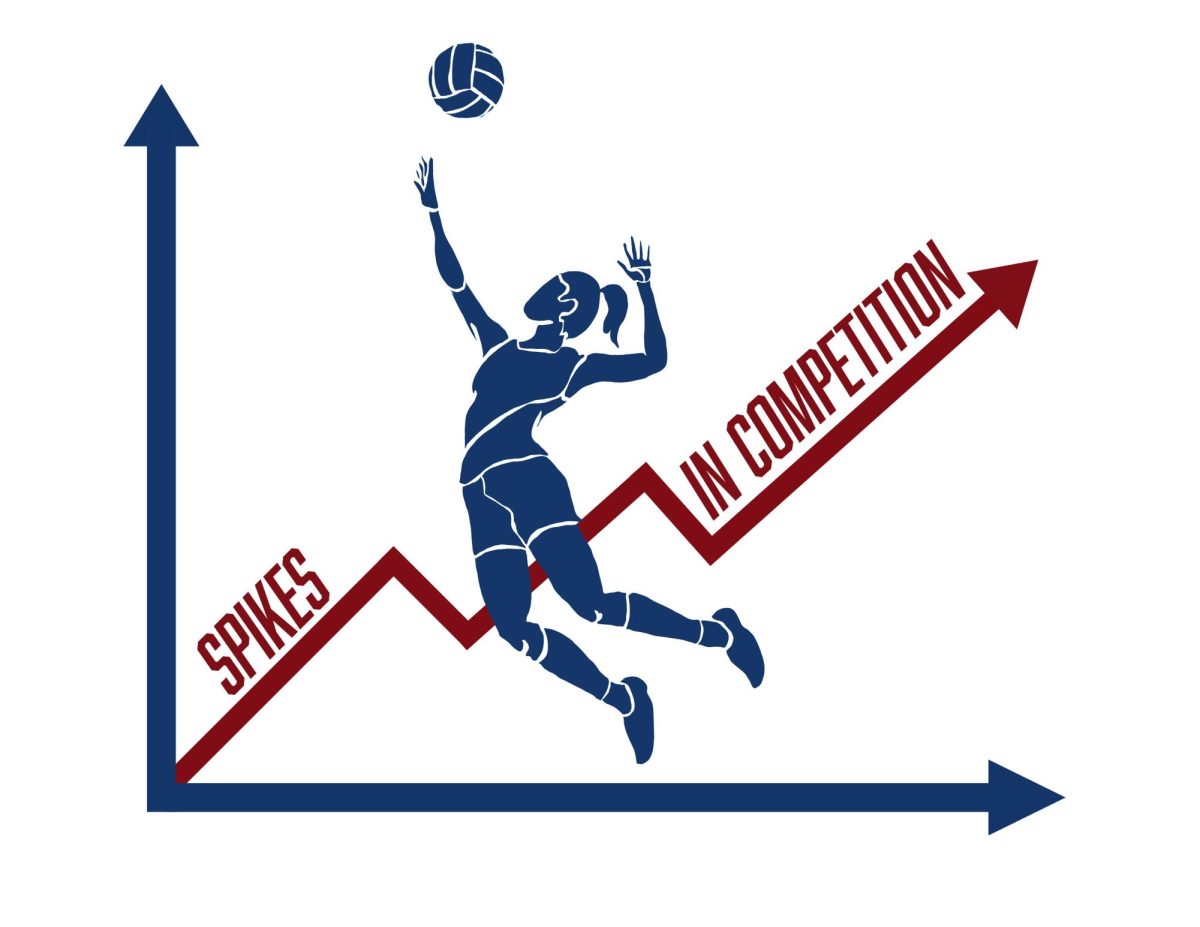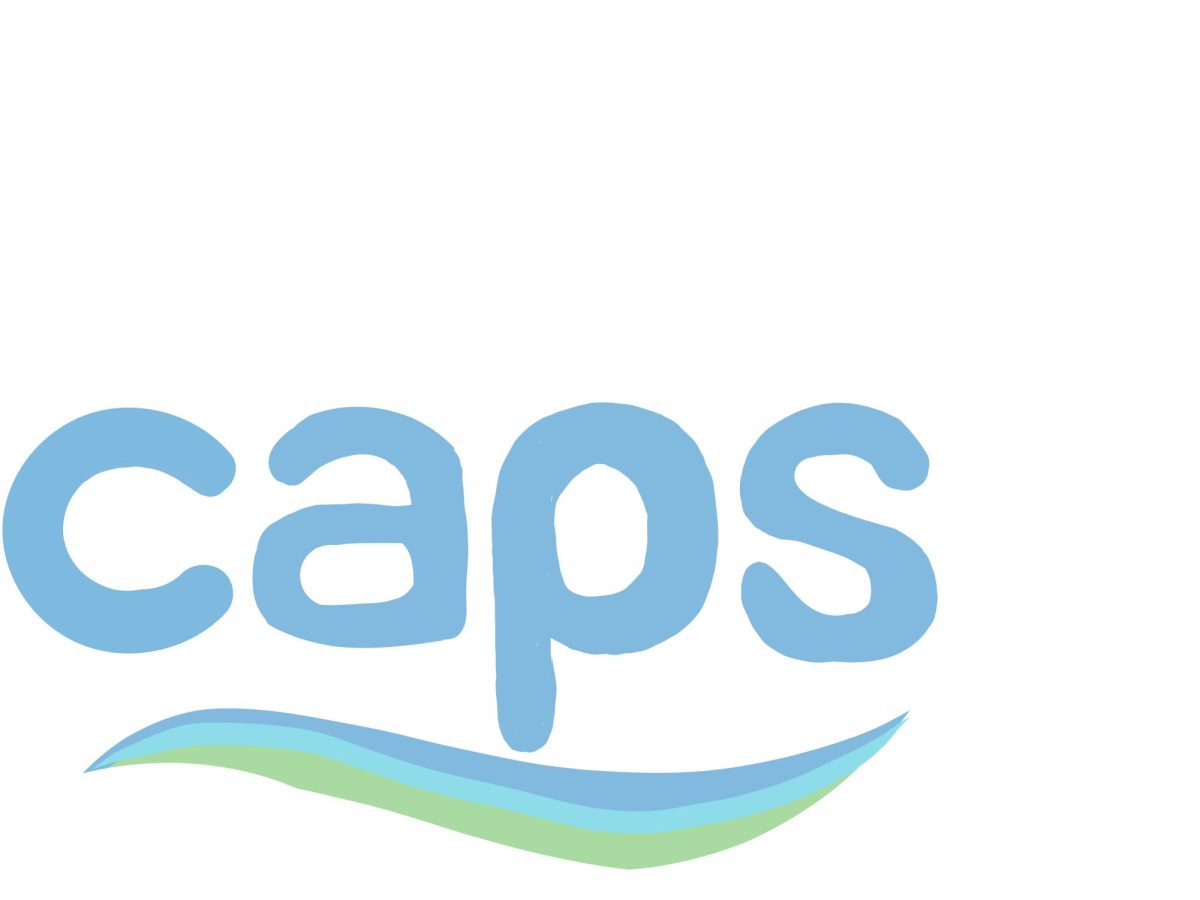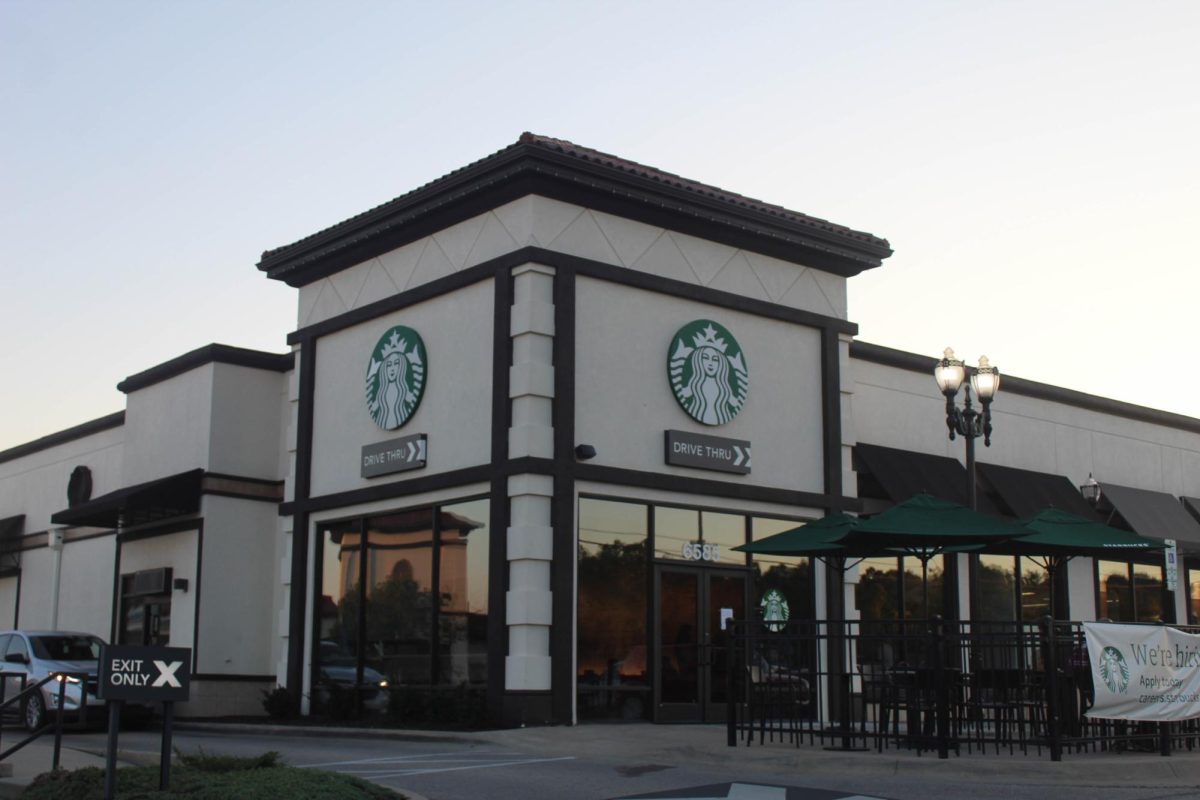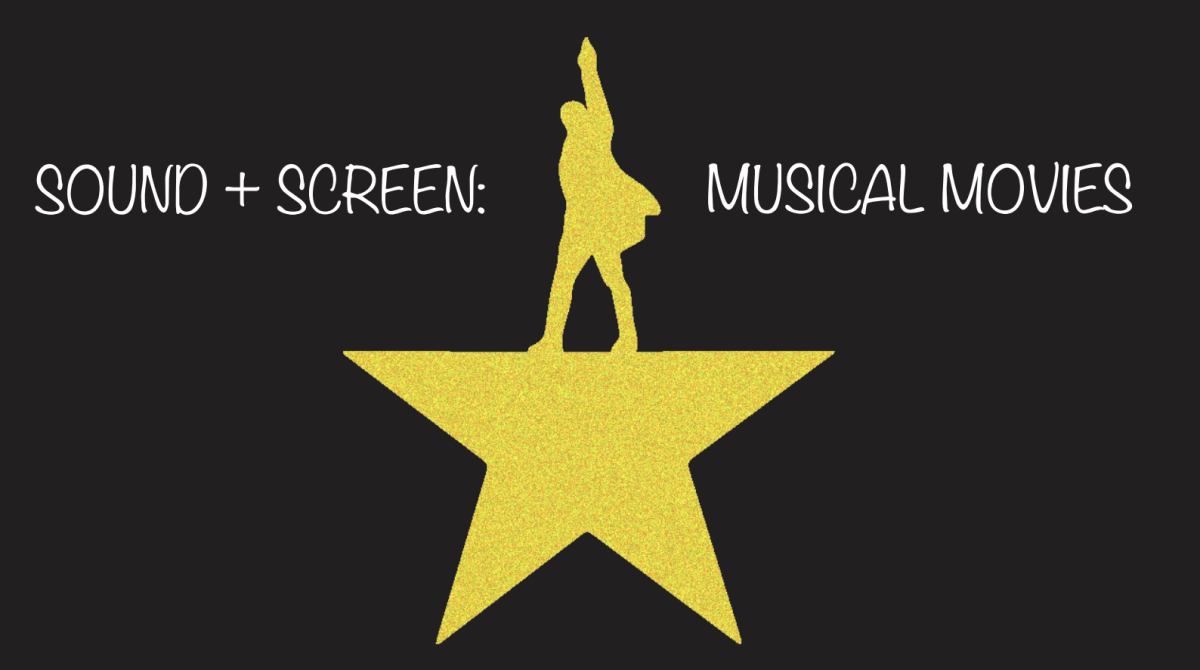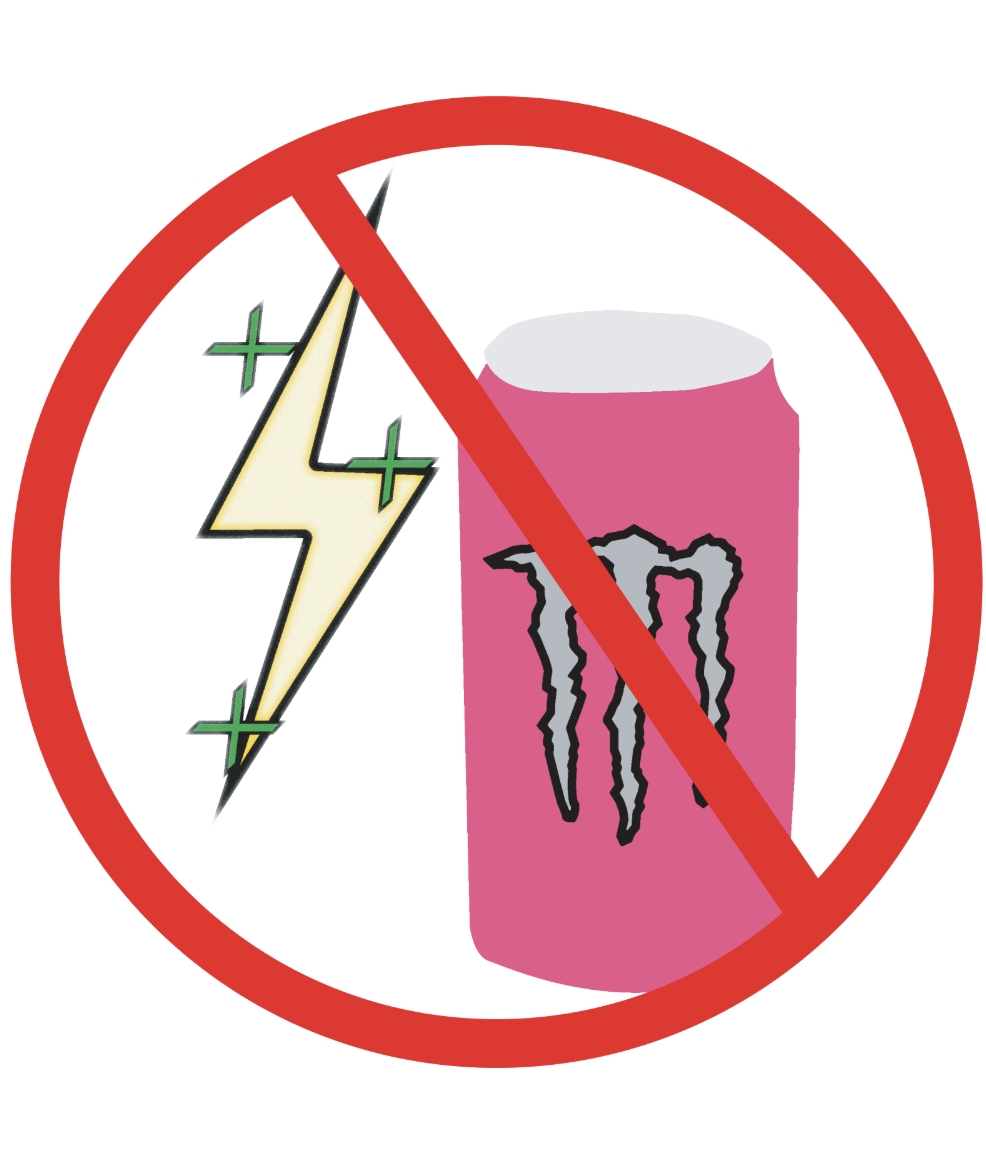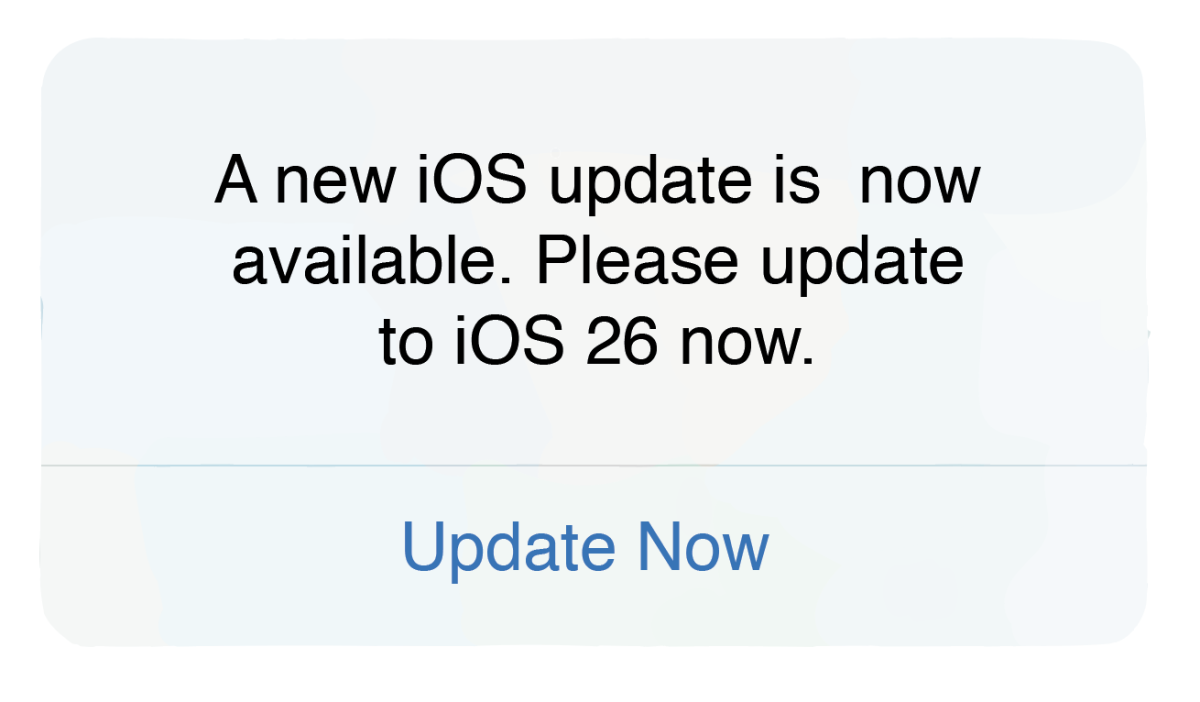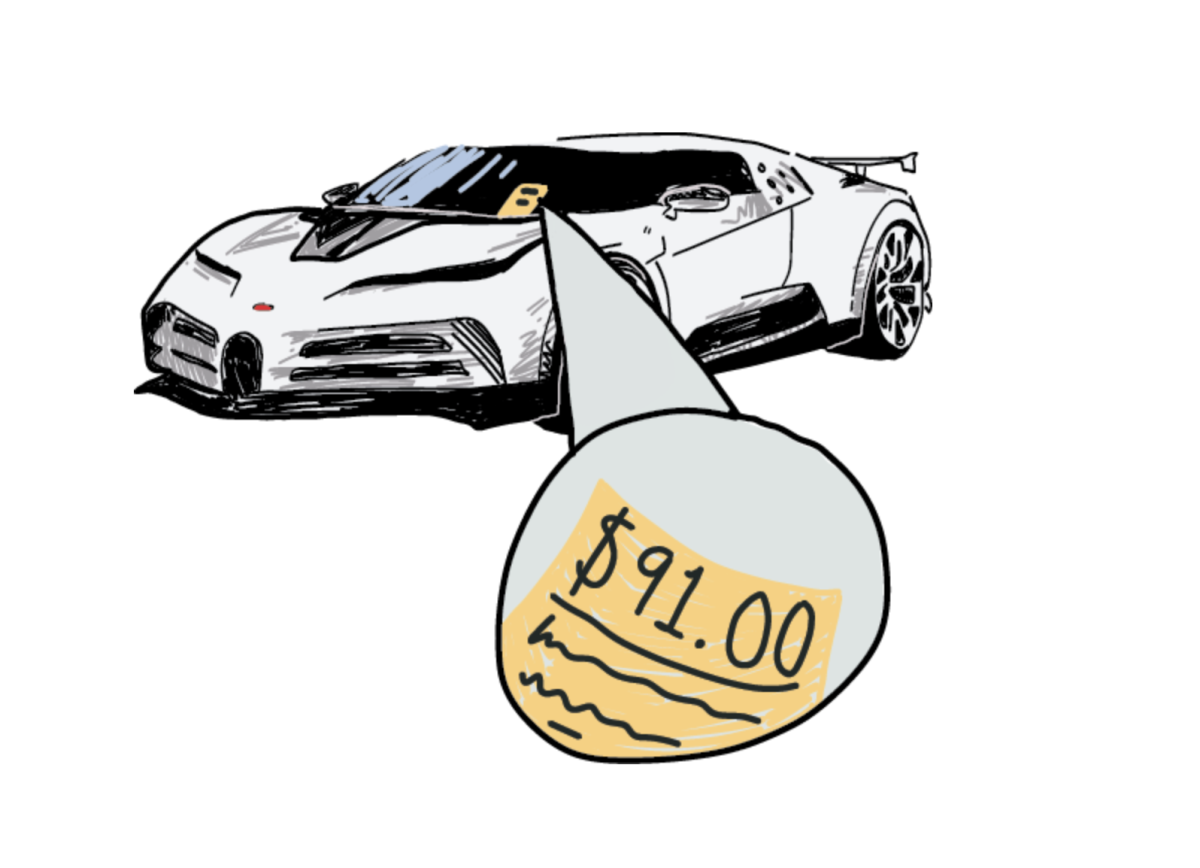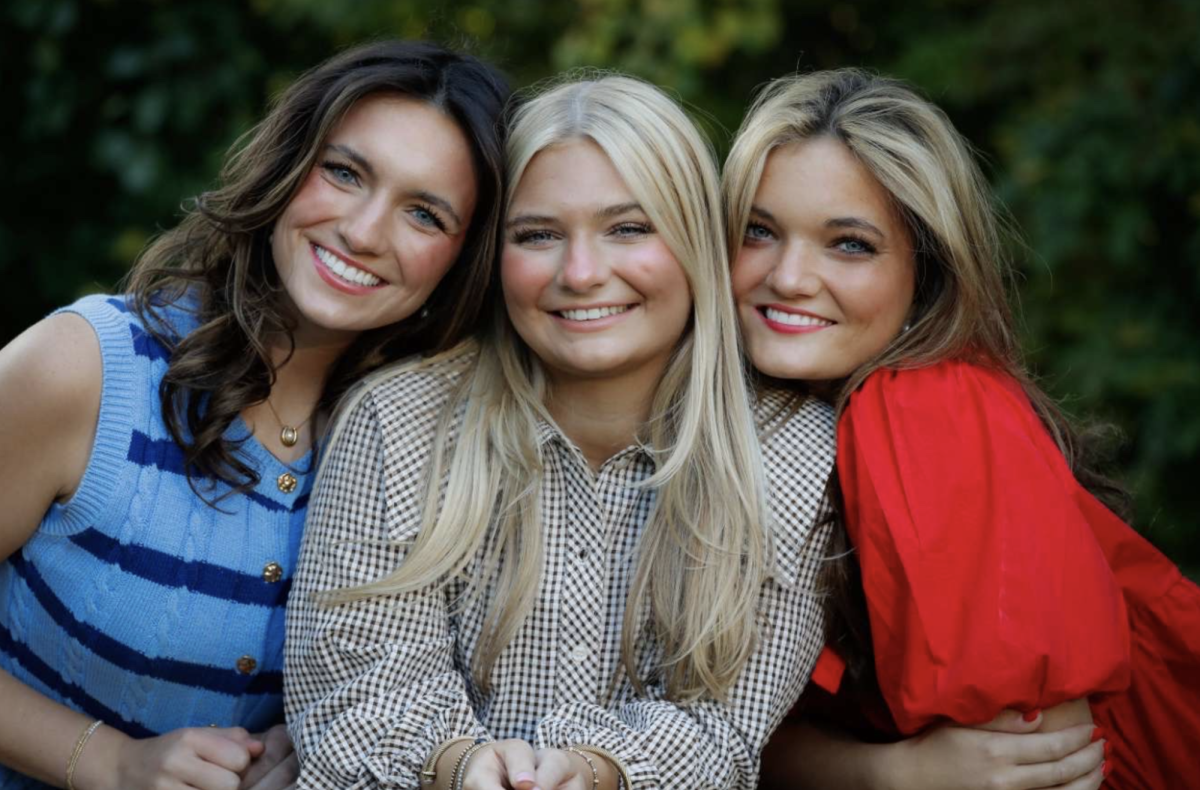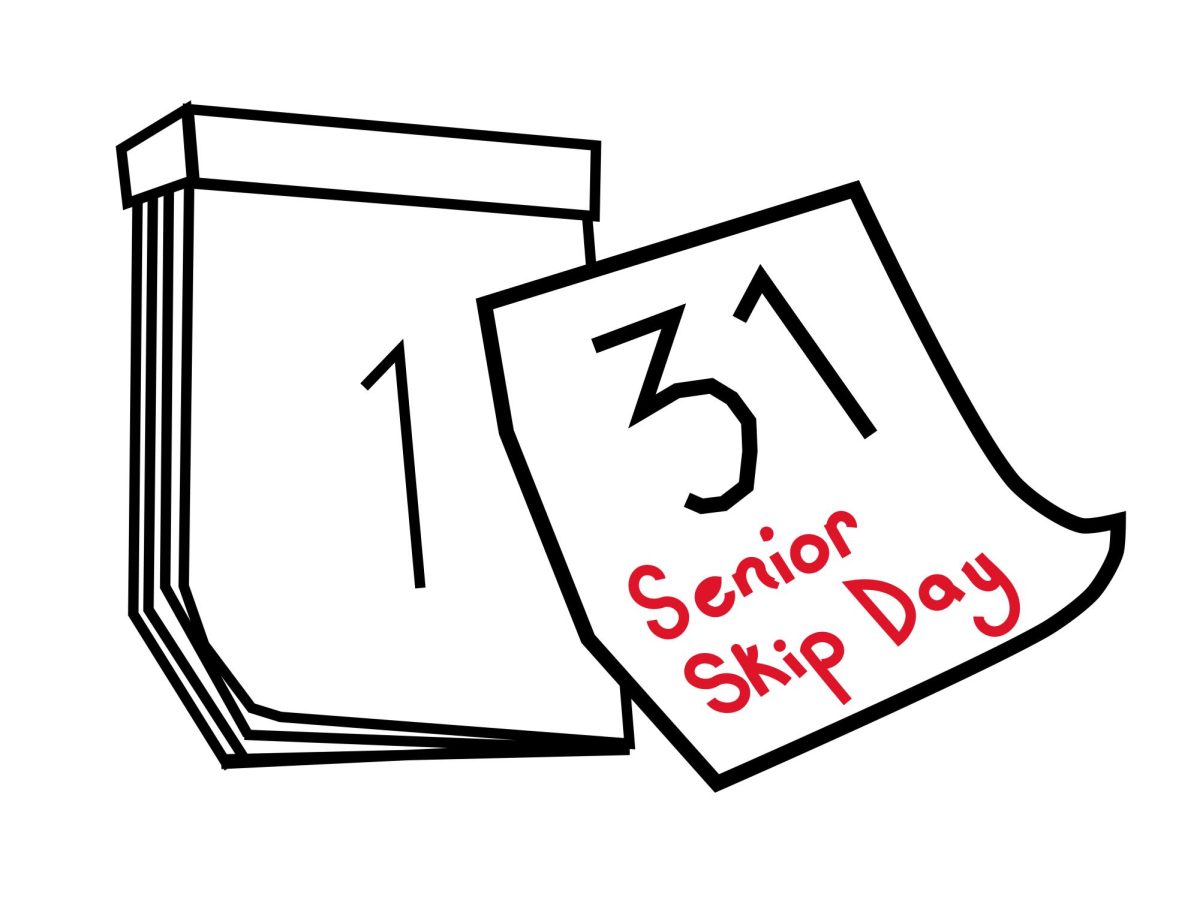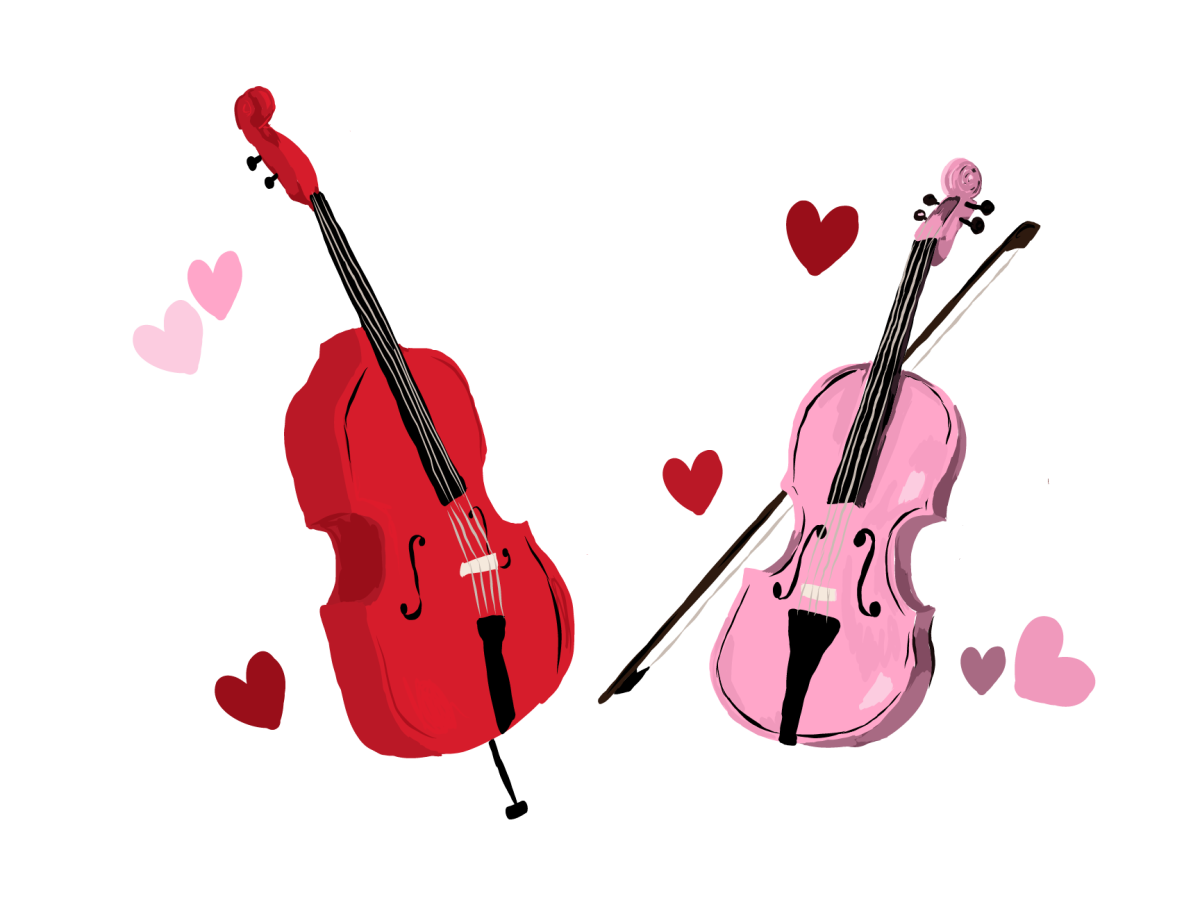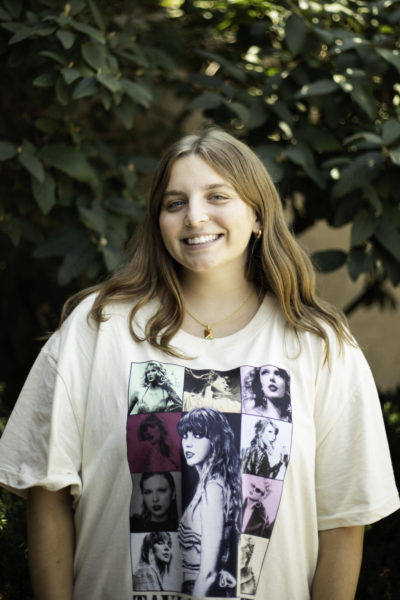Movies and media have portrayed the idea that high schools are made up of cliques for the last several years. These examples often feature a jock or mean girl bullying a geek or someone with a lower level of popularity. Are these examples solely dramatized for the viewer’s entertainment? In real life, are cliques a thing? Does popularity matter? Four students shared their insights on these questions.
Student #1 is a senior who has been in the Blue Valley District since elementary school. As a senior, they believe that there has been evidence of cliques throughout their years at North, but they have seen less and less of them throughout the years.
“I feel like throughout the years, there can be cliques,” Student #1 said. “I feel like over time, people have realized it’s senior year, nothing matters.”
Student #2, who is also a senior, felt like they had witnessed cliques during their time at North.
“I think a way you can see it is in the flex space in between classes when everyone talks in their groups, which isn’t necessarily a bad thing,” Student #2 said.
Student #2 believed that these groups they saw were groups of people who shared common interests.
“I think as the years go on, you find the people that you get with, and you just tend to gravitate towards them,” Student #2 said. “Based on things we do at school, you do see people being friends with other people in their classes like orchestra kids or theater.”
Senior Klein McGraw said that cliques in high school existed because of friendships formed early on.
“A lot of [cliques] were formed back in elementary school,” McGraw said. “People have formed cliques and they obviously change over time, but usually the central ones are there depending on interests, sports, etc.”
While there are cliques, Student #1 felt like there were distinct differences between cliques and friend groups.
“I think friend groups are people that hang out [and are] bigger,” Student #1 said. “I think some people are inclusive and some people aren’t.”
Student #2 said that the cliques they experienced did not negatively affect their time at high school.
“I think cliques have a bad stigma around the world,” Student #2 said. “But I think it’s finding who you relate to and your friends. So if anything, I would say [cliques] have had a positive effect.”
Student #2 thought that cliques did not promote exclusivity in school and were groups of like-minded people.
“I still think people within cliques are friends with everyone else,” Student #2 said. “It’s just who you gravitate more to, so I don’t have a negative experience [with cliques].”
Likewise, McGraw said that friend groups and students in the school did a good job of practicing inclusivity.
“I feel like once you’re in or able to find your group, [the inclusivity] is pretty strong, and from what I’ve heard, North is one of the better schools compared to other Blue Valley [schools],” McGraw said.
In terms of friend groups being established based on perceived popularity, Student #2 felt that it did not have an effect.
“People are able to be themselves and not have to worry about [popularity],” Student #2 said. “I do think it’s a thing everywhere, and I think there are people that care about it. As long as other people don’t care about it, and it doesn’t affect them, then I don’t think there’s anything super negative about that.”
On the other hand, Student #1 said that popularity was a more prevalent concept among students.
“Popularity is a thing because some people feel like they are better than others, but I also think this is one of those things that have gotten better as we’ve gone on,” Student #1 said.
Student #2 said that North is an inclusive community and has friend groups with various interests.
“You can find those people you have similarities with, especially compared to other schools in the district,” Student #2 said. “I think we do a good job of having someone for everyone.”



